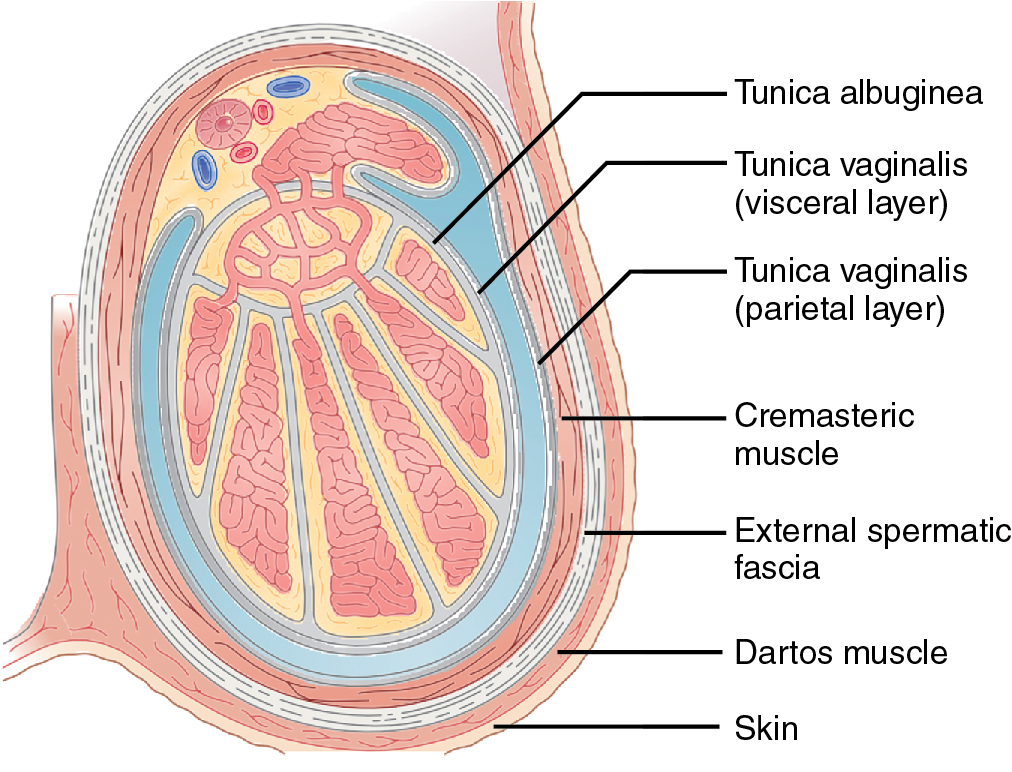Penile Fracture: Symptoms, Causes & What You Need To Know
Have you ever heard a popping sound during sex, followed by immediate pain and swelling in your penis? This could be a penile fracture, a urological emergency requiring prompt medical attention.
Penile fracture, while uncommon, is a serious injury. It occurs when the tunica albuginea, the tough, fibrous sheath surrounding the erectile tissue of the penis, tears. This usually happens during sexual intercourse, but can also result from other forms of trauma, such as forceful masturbation, or accidental impact. The consequences of a penile fracture can range from significant pain and temporary dysfunction to permanent complications if not treated promptly and effectively.
Understanding the anatomy of the penis is crucial to understanding penile fractures. The penis primarily consists of three cylindrical compartments: two corpora cavernosa, which contain the erectile tissue, and the corpus spongiosum, which surrounds the urethra, the tube that carries urine and semen. The tunica albuginea encases the corpora cavernosa. This fibrous tissue is normally quite strong, but during an erection, when the penis is engorged with blood, the tunica albuginea thins and becomes more susceptible to injury.
A penile fracture is essentially a tear in the tunica albuginea. This tear allows blood to escape, resulting in bruising, swelling, and the characteristic "eggplant deformity," where the penis takes on a bruised and misshapen appearance. The force required to cause a penile fracture varies, but it often involves a sudden bending or trauma to the erect penis. Its often described as happening during sex, especially when the woman is on top, or during forceful masturbation.
The symptoms of a penile fracture are often quite distinct. A popping or cracking sound is a common indicator, often immediately followed by intense pain. Bruising and swelling develop rapidly as blood accumulates under the skin of the penis. The penis may also bend at an unusual angle. Blood at the tip of the penis or in the urine indicates a possible injury to the urethra, which is a serious complication. Difficulty urinating can also be a symptom.
Medical professionals consider a penile fracture a urological emergency. Its vital to seek immediate medical attention if you suspect you have one. Delayed treatment can lead to permanent damage, including erectile dysfunction, penile curvature, and chronic pain. Diagnosis typically involves a physical examination and sometimes imaging tests like ultrasound or, in some cases, magnetic resonance imaging (MRI).
Surgical repair is the standard treatment for penile fractures. The procedure involves making an incision to access the torn tunica albuginea and suturing it closed. The goal of surgery is to restore the peniss normal anatomy and function. In some cases, if the urethra is also damaged, it may need to be repaired as well. After surgery, patients typically require a period of recovery, and its essential to follow the surgeon's instructions carefully to ensure proper healing.
Beyond surgical repair, there are several things that can cause injury to the penis. These can range from sports injuries to accidents, bites, cuts, and friction burns. Placing constricting devices around the base of the penis can also lead to injury if the device is too tight or left on for too long. Men experiencing pain, swelling, or bruising during or after sex or masturbation are strongly advised to seek medical attention promptly.
The information provided in this article is not a substitute for professional medical advice. If you suspect you have a penile fracture, it is important to seek immediate medical attention. The prompt diagnosis and treatment are crucial to reduce the risk of long-term complications. Always consult with a qualified healthcare provider for any health concerns or before making any decisions related to your health or treatment.
| Aspect | Details |
|---|---|
| Definition | A traumatic rupture of the tunica albuginea, the fibrous sheath surrounding the corpora cavernosa of the penis. |
| Mechanism of Injury | Usually results from direct blunt trauma or bending force applied to the erect penis. Common mechanisms include sexual intercourse, forceful masturbation, or accidental impact. |
| Common Symptoms |
|
| Urological Structures Involved |
|
| Diagnosis | Based on patient history, physical examination. Imaging studies (ultrasound, MRI) may be used to confirm the diagnosis and assess the extent of injury. |
| Treatment | Surgical repair of the tunica albuginea is the standard treatment. The procedure involves suturing the tear closed. In some cases, urethral repair may also be necessary. |
| Potential Complications |
|
| Risk Factors |
|
| Importance of Prompt Treatment |
|
Here are some of the main symptoms of a penile fracture:
- A popping or cracking sound.
- Bruising and swelling from the buildup of blood under the skin.
- Blood in the urine (hematuria) or at the tip of the penis.
- A penis bent at an unusual angle.
- Difficulty urinating.


